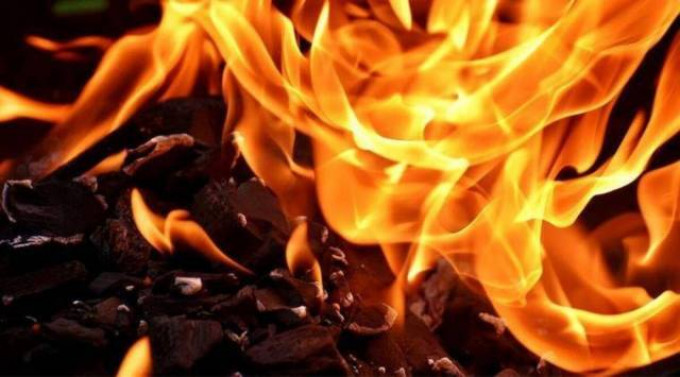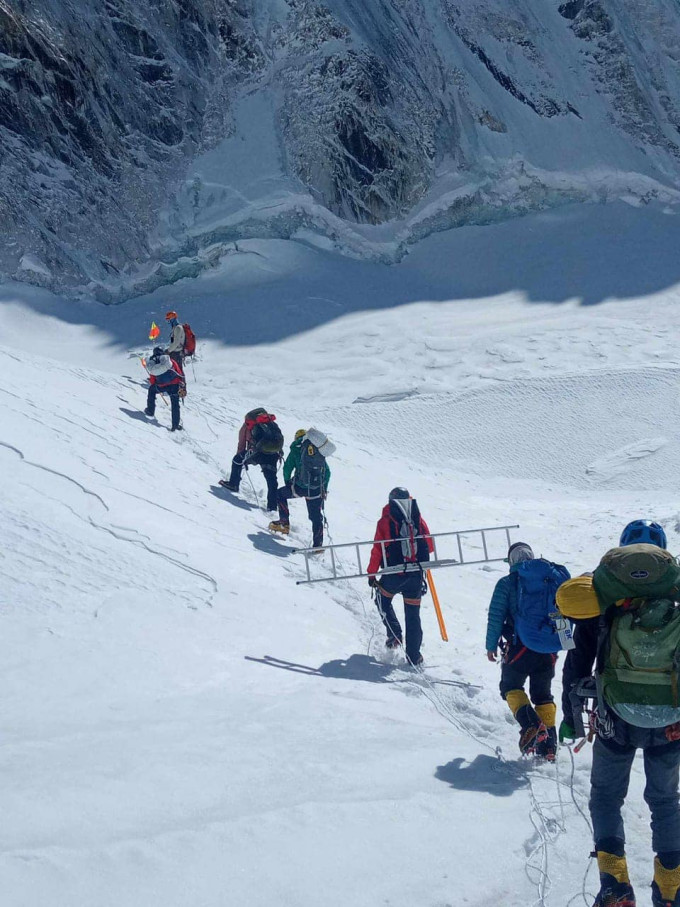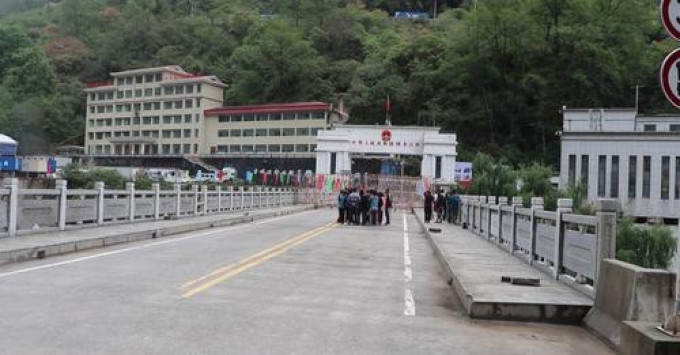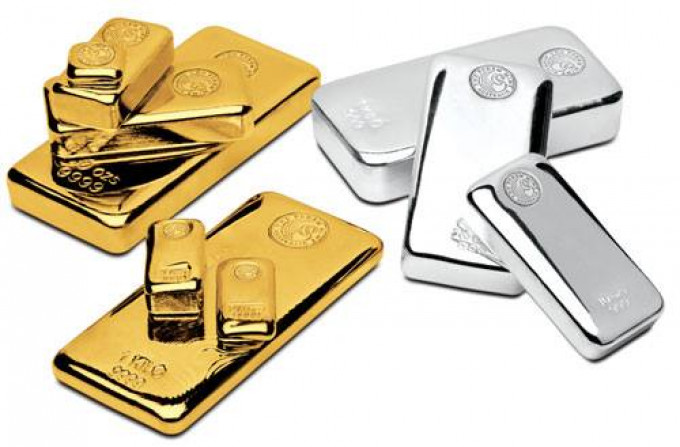Joseph Mallord William Turner and Claude Monet's paintings have been known to mirror the atmospheric conditions in which artists painted. Anna Lea Albright and Peter Huybers developed a statistical model to determine whether the paintings of British artist J M W Turner and French artist Claude Monet, whose works span the Industrial Revolution, reflect the heightened air pollution that clouded the skies over 19th-century London and Paris.
The authors created a measure of contrast and tested it on photographs taken in clear and polluted conditions. Next, they measured contrast in 60 paintings by Turner and 38 paintings by Monet, including multiple views of the Houses of Parliament, Waterloo Bridge, and Charing Cross Bridge, and examined links with an indicator of historical air pollution based on sulfur dioxide (SO2) emissions.
Increasing SO2 emissions were linked with reduced contrast in the paintings, even after accounting for time trends and subject matter. With increasing air pollution, Turner's work transformed from sharp to hazy contours, saturated to pastel-like colors, and a figurative to impressionistic style. Similar changes were seen in Monet's paintings.
Additionally, the model predicted contrast in paintings by Gustave Caillebotte, Camille Pissarro, and Berthe Morisot based on pollution levels in Paris.
Because aerosols reflect light of all wavelengths into the line of sight, the authors also examined links between pollution levels and light intensity. The paintings revealed a link between increased SO2 emissions and a whiter palette and increased intensity.
According to the authors, the works of Turner and Monet carry quantifiable clues to air pollution levels during the Industrial Revolution.
Trends in Intensity
As a complementary approach, it is also possible to analyze the intensity of images across our collection of works. Aerosols scatter visible light of all wavelengths into the line of sight, leading to a whiter tint and increased light intensity during daytime. We examine the relationship between intensity and SO2 emissions using the same mixed-effects methodology used for contrast and find a significant effect (P < 0.01) of SO2 emissions increasing intensity in our baseline approach. Of the 12 other specifications including SO2, 9 show significant effects (P < 0.05), including all those conditioned on the larger set of artists. For the paired photographic analysis, polluted photos have a uniformly increased intensity index, consistent with the analysis of contrast, but in this case, averaging 39% greater. The interpretation of intensity trends is complicated, however, in that variations in image intensity may result from accumulation of residue, fading of pigments, or photographic techniques, in addition to optical effects created by aerosols, such that we consider intensity secondary to contrast for purposes of indicating optical effects.
Visibility can be inferred from intensity using an empirical relationship (Methods). Our estimates indicate that before 1830, visibility in clear-sky and cloudy Turner paintings averaged 25 km, whereas it decreased to an average of 10 km after 1830. For early Monet paintings, visibility averages 24 km, and for Monet's daytime paintings in London, visibility averages 6 km. In comparison, estimated visibility using the furthest clearly visible feature in 35 of Monet's Charing Cross Bridge paintings and found a mean of 1 km. They note that the London Fog Inquiry describes visibility in the winter of 1901 to 1902 as never being more than approximately 2 km. Differences could arise due to uncertainties in both methodologies-- the imprecision of estimating visibility by eye for and, in addition to the aforementioned issues with interpreting intensity, there are various limiting assumptions in our model of visibility (Methods).
Style vs Environment
It is clear that industrialization changed the environmental context in which painting occurred. Indeed, 19th-century art critic John Ruskin wrote about Turner's work that, "had the weather when I was young been such as it is now, no book such as 'Modern Painters' ever would or could have been written". A primary question, however, is the degree to which trends toward decreased contrast and increased intensity represent physical, optical changes associated with a polluted atmosphere, as opposed to exerting an indirect influence on artistic style. Beyond the statistical results discussed earlier, two further considerations suggest that environmental trends are rendered in the works we consider.
First, the environment that these artists depict was, in fact, subject to large trends in atmospheric pollution. Turner was born in the age of sail and died in an age of coal and steam. It is important to recognize, however, that not all artists depict a changed atmospheric environment. For example, John Constable (1776 to 1837) created works that show neither the diminished contrast nor increased intensity expected from London's aerosol-laden atmosphere. It may be that certain artists chose times and locations where the effects of pollution were minimal. Indeed, while Constable remarked that Turner seems to paint with "tinted steam", he himself was known to leave London for less-polluted Hampstead Heath or the Lake District.
The second consideration is more speculative as it relates to the intention of Turner and Monet to depict environmental change. We focus on Turner in this section and Monet in the next. Turner spoke about finding artistic material in his environment: "nature dispensing incidents for the artist's study... to store in his mind with every change of time and place". More specifically, Turner sought to represent technological and resulting environmental change, especially as it relates to atmospheric effects on light. In The Fighting Temeraire (1839), perhaps Turner's most iconic work, a steam-powered tugboat pulls the HMS Temeraire, a military sailing ship made famous by the 1805 Battle of Trafalgar, to land to be broken up for scrap against a backdrop of a fiery setting sun, illustrating the transition from the age of sail to steam. Similarly, Rain, Steam, and Speed (1844) depicts a train racing through the British countryside, contrasted with symbols of the past age, such as a row boat gliding over the water, a hare, the fastest natural animal in Britain, running from the oncoming train, and a farmer plowing without mechanized equipment, all almost lost in mist.
That Turner should be among the first to depict changes in how light transmits through a polluted atmosphere might be traced to a general increase in the interest in and scientific understanding of light and the sky that occurred during his lifetime. In 1801, astronomer William Herschel gave a lecture, "The Nature of the sun", which is thought to have influenced how Turner paints the brightness and texture of the Sun. In 1803, meteorologist Luke Howard published On the Modification of Clouds that introduced the cloud classification of cumulus, stratus, and cirrus, which was featured in art manuals and even inspired a poem by Johann Wolfgang von Goethe (1749 to 1832) shows cloud studies by Luke Howard, and, roughly synchronously, by Turner.
Turner's documentation of the optical effects of aerosols is also on display in the context of explosive volcanic eruptions. Turner's paintings show changes in sunset coloration that accord with the expected effects of volcanic eruptions injecting aerosols into the stratosphere. Turner also produced a sketchbook of 65 watercolors of sunsets in the three years following the Tambora eruption that captures the waxing and waning of the atmospheric reddening associated with stratospheric volcanic aerosols. The fact that the course of events that Turner documents is consistent with the expected timescale associated with stratospheric aerosol migration and deposition following a volcanic eruption, is further evidence for Turner providing a faithful depiction of variations in atmospheric light phenomena.
READ ALSO:









